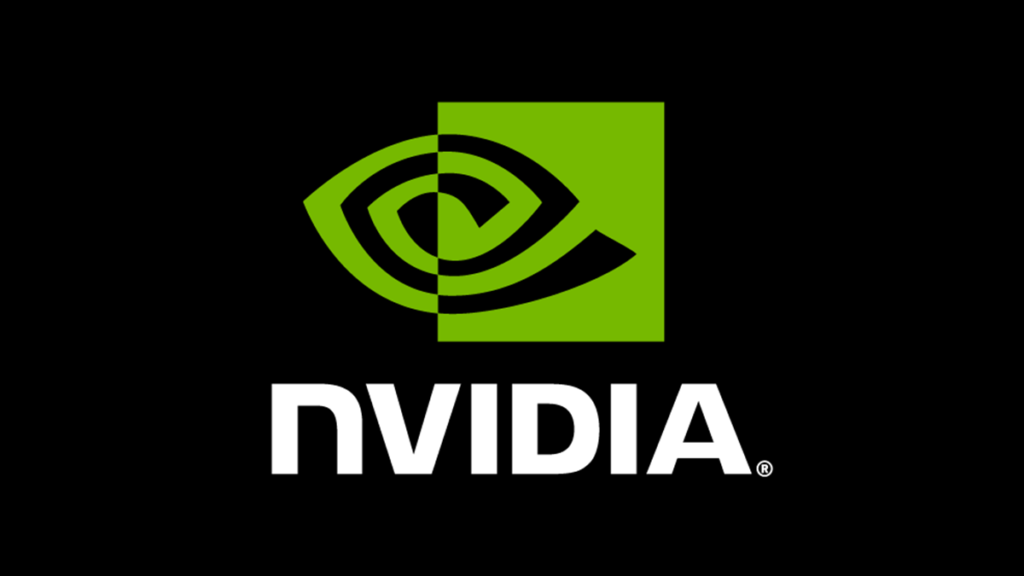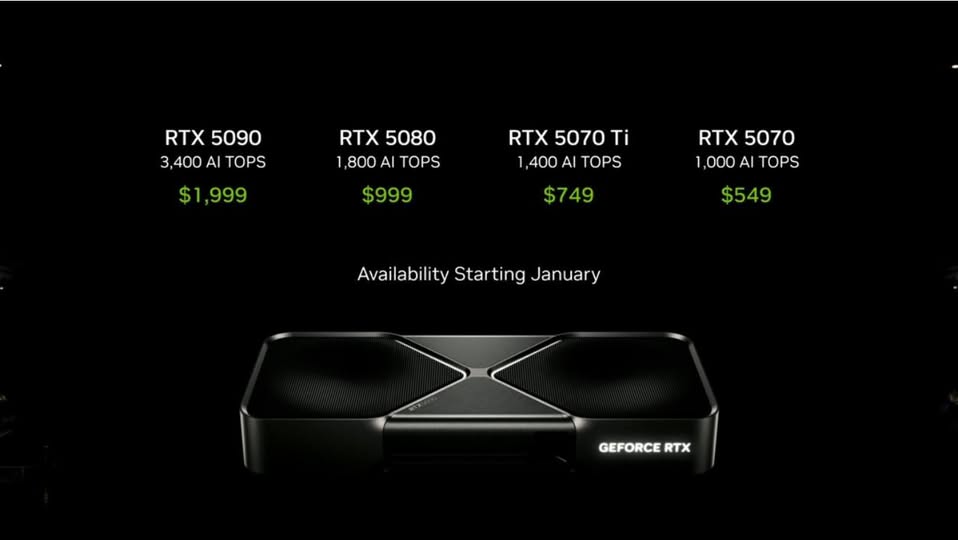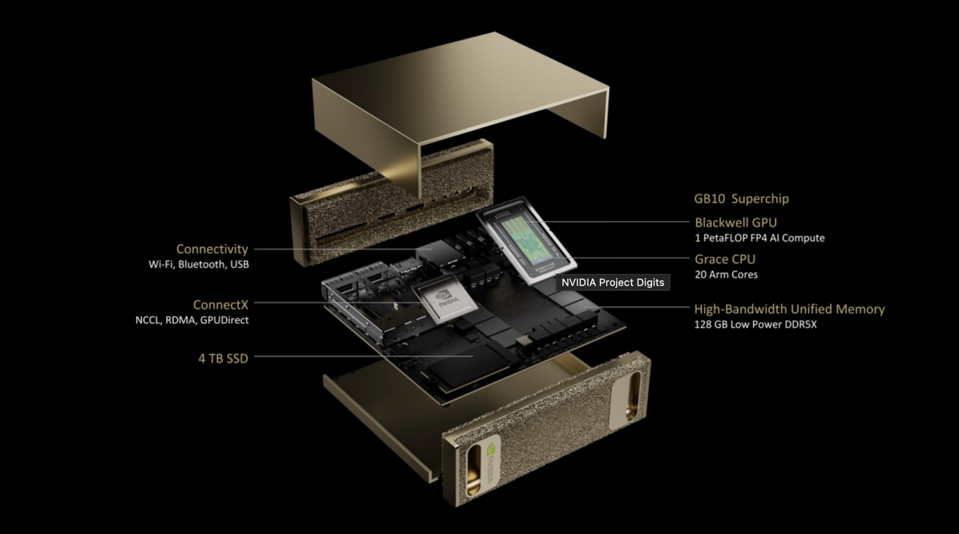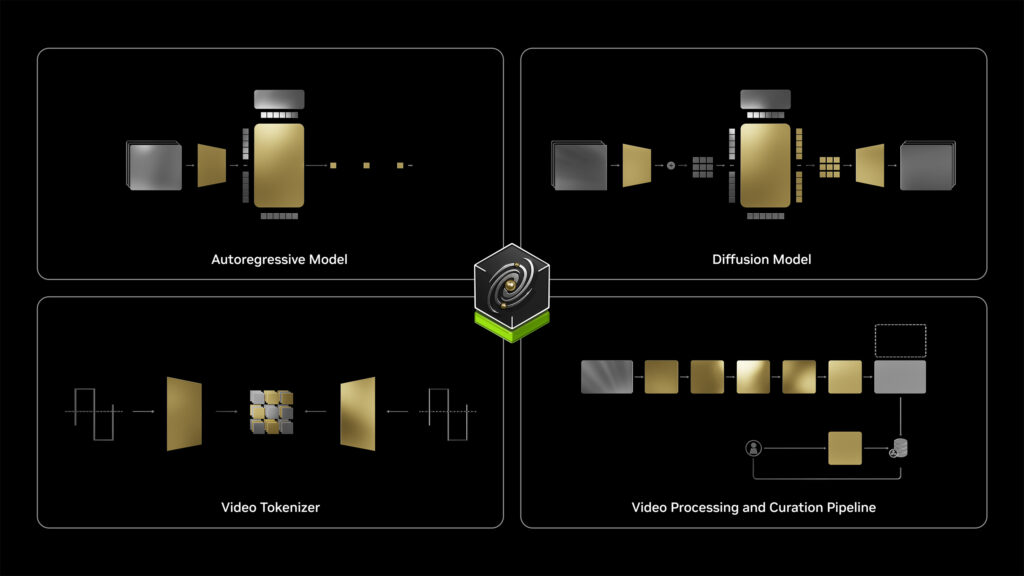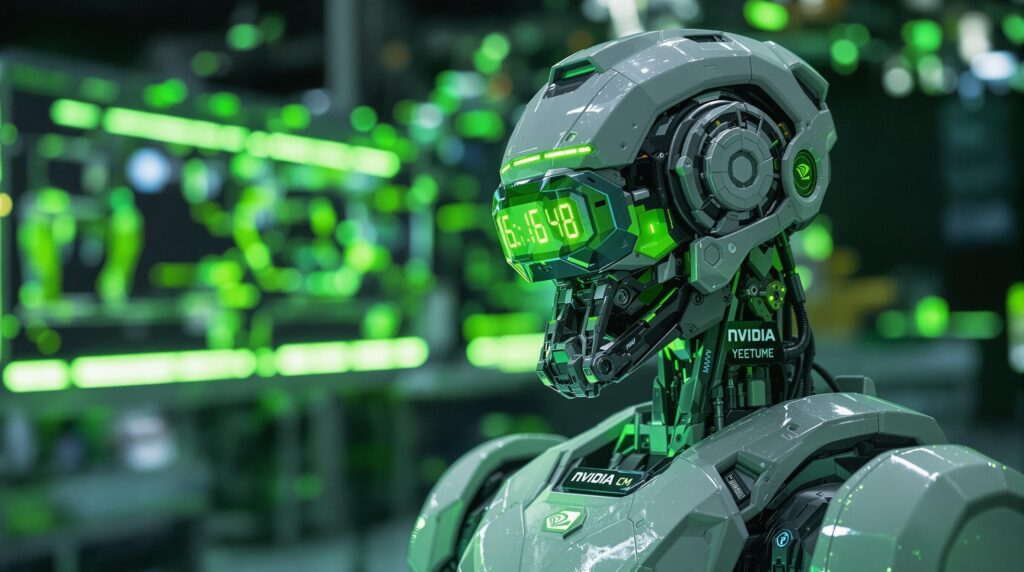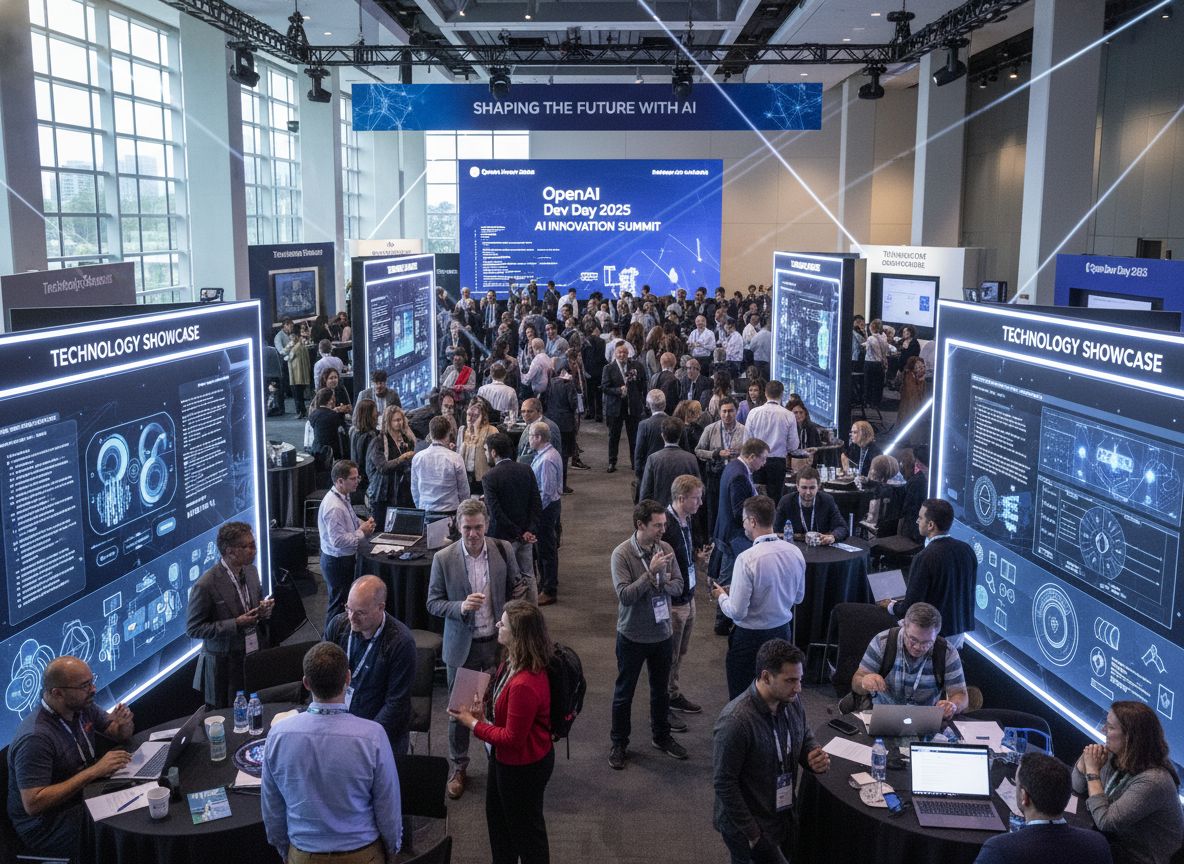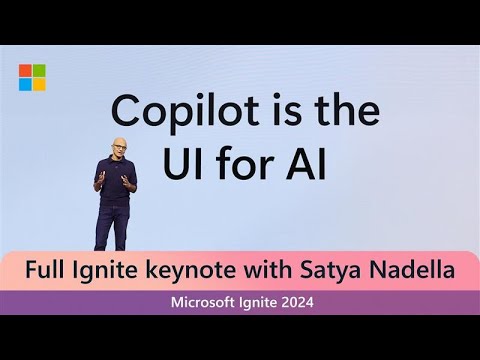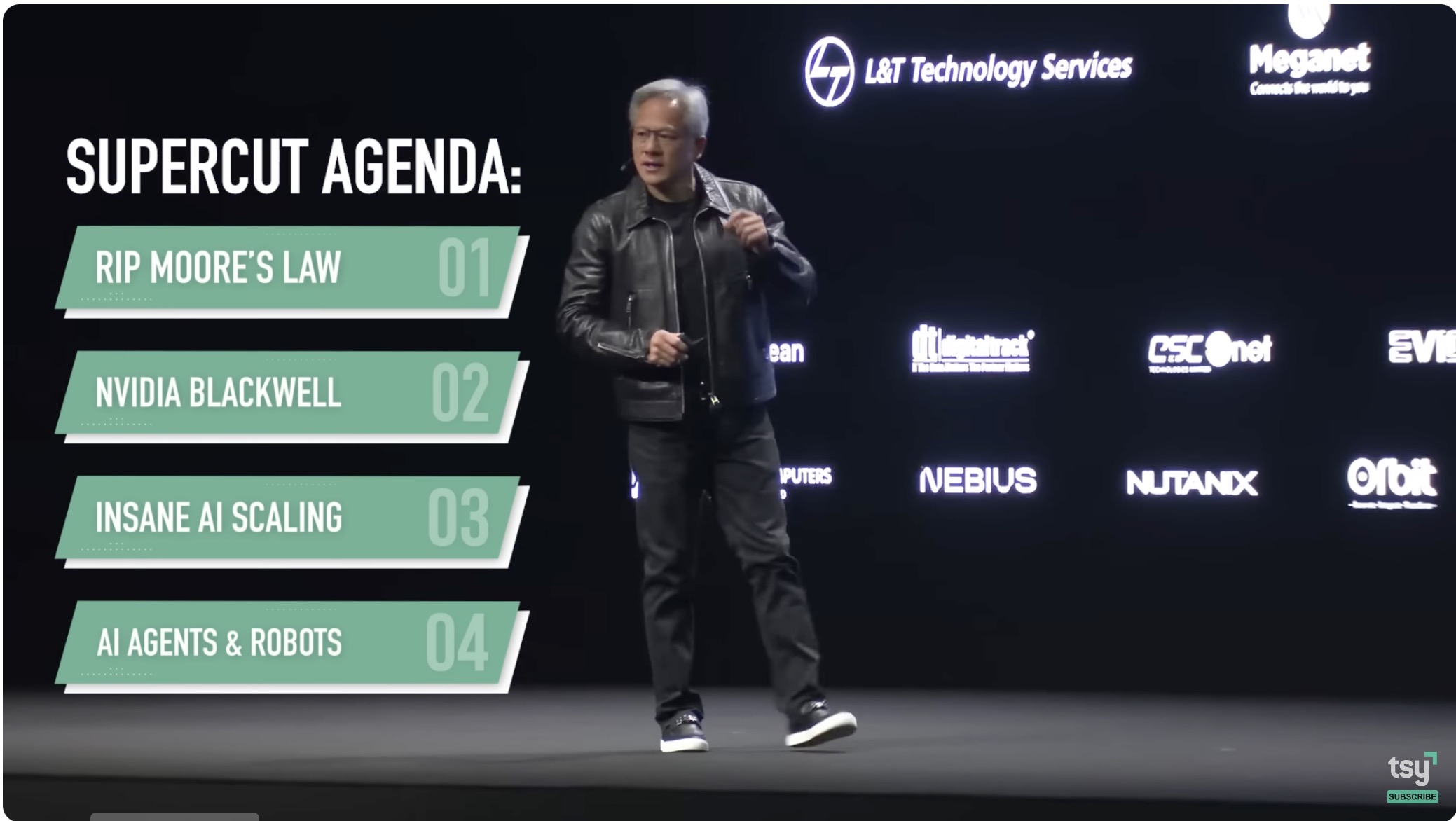
NVIDIA's Blackwell: The Dawn of Accelerated Computing
Explore how NVIDIA's Blackwell system ushers in a new era of accelerated computing, revolutionizing industries through advanced GPU technology, AI, and machine ...
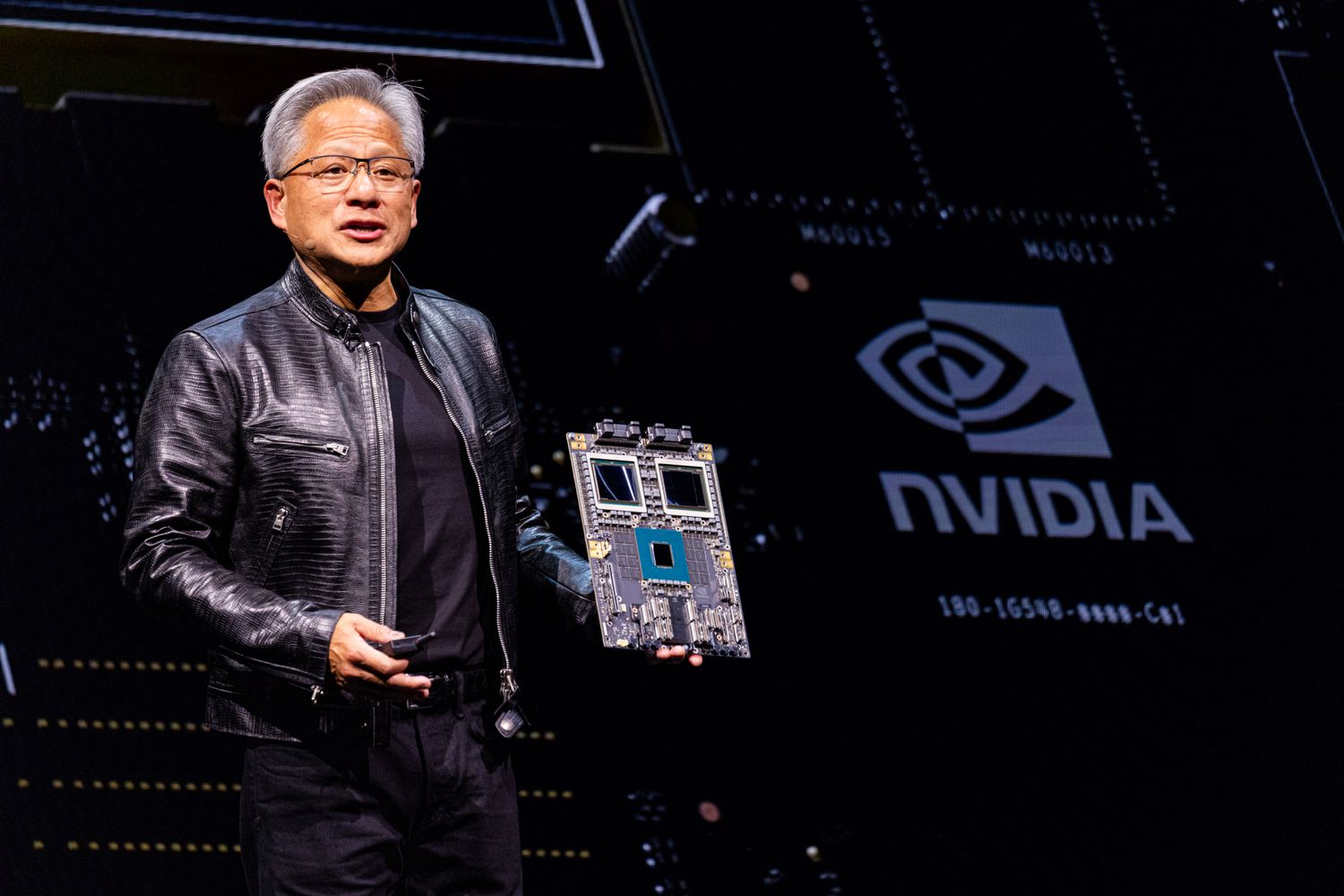
Nvidia’s CES 2025 keynote unveiled the future of AI, introducing token technology, Physical AI, RTX Blackwell GPUs, Project DIGITS, and the Cosmos platform, redefining AI’s integration into daily life.
Nvidia’s CES 2025 keynote, led by CEO Jensen Huang, presented a transformative vision of AI’s role in reshaping technology and humanity. This wasn’t just a product unveiling but a roadmap to a future where AI is deeply integrated into our daily lives.
Nvidia emphasized the revolutionary concept of tokens—the transformative elements of AI. Tokens:
This concept positions AI not as a distant or isolated technology but as an intimate part of the human experience.
Nvidia launched NV1, its first GPU, which enabled game console functionality on PCs. It was a bold step into the realm of advanced computing beyond traditional tasks.
The introduction of the programmable GPU revolutionized computer graphics, unlocking new levels of visual realism and creating a foundation for future innovations.
CUDA made GPU programmability accessible to developers worldwide, playing a foundational role in the AI boom driven by breakthroughs like AlexNet.
The advent of the Transformer model fundamentally changed computing. Nvidia saw this as the beginning of a revolution, transitioning from hand-coded instructions to AI-designed neural networks.
The GeForce series has been instrumental in democratizing AI. Nvidia’s latest advancements in the RTX series exemplify this symbiotic relationship.
A real-time demo showcased the breathtaking potential of AI in rendering cinematic environments:
This innovation allows the rendering of 33 million pixels while computing only 2 million, revolutionizing performance efficiency.
The RTX 50 Series, powered by the Blackwell architecture, represents Nvidia’s latest leap forward:
Larger models, more data, and increased compute drive more capable AI systems.
Refinement through techniques like reinforcement learning and human feedback.
AI dynamically allocates computational resources to optimize real-time performance.
To meet the demands of these scaling laws, Nvidia unveiled the Blackwell Supercomputer, featuring:
This architecture reduces AI costs and enhances accessibility, empowering more industries to adopt cutting-edge technology.
NVIDIA has introduced Project DIGITS, a groundbreaking personal AI supercomputer designed to empower developers, researchers, and AI enthusiasts with cutting-edge computational resources. This system aims to bridge the gap between individual needs and advanced AI performance, bringing data center-level capabilities directly to the desktop.
At the heart of Project DIGITS lies the NVIDIA GB10 Grace Blackwell Superchip, which integrates the NVIDIA Grace CPU and Blackwell GPU. This innovative design offers:
This combination ensures unmatched performance for a wide array of AI applications, from model prototyping to deployment.
Project DIGITS comes pre-installed with NVIDIA’s comprehensive AI software stack, offering:
This seamless integration eliminates many of the barriers developers face when working with large-scale AI systems.
Starting at just $3,000, Project DIGITS is priced to make high-performance AI development accessible to a broader audience. Its energy-efficient design meets the growing demands of:
The success of Project DIGITS was bolstered by NVIDIA’s collaboration with Arm, leveraging its high-performance CPU cores to enhance efficiency and performance. This partnership highlights the role of heterogeneous computing in advancing AI technology.
Project DIGITS is set to launch in May 2025, marking a significant milestone in NVIDIA’s mission to democratize AI. By providing developers with unparalleled tools and capabilities, this personal AI supercomputer is poised to drive innovation across sectors.
During the keynote, Nvidia introduced the Cosmos World Foundation Model Platform, a revolutionary framework designed to accelerate the development of Physical AI. Cosmos aims to bridge the gap between virtual intelligence and physical reality, enabling:
A highlight of the Cosmos platform is its integration with the Grace-Blackwell Superchip. This hybrid architecture merges Grace’s energy-efficient CPU cores with Blackwell’s powerful GPU capabilities to deliver:
This integration ensures Cosmos can tackle the most complex AI tasks, from real-time simulation to large-scale model training.
Nvidia’s focus on Agentic AI introduces AI systems capable of perceiving, reasoning, planning, and acting. New tools include:
Nvidia’s CES 2025 keynote was a testament to the company’s role in shaping the AI revolution. From groundbreaking GPUs to visionary AI frameworks like Cosmos and the integration of Grace-Blackwell technology, Nvidia continues to redefine what’s possible in technology. The dawn of Physical AI, powered by tokens, the Cosmos platform, and unprecedented computational power, is set to transform industries and enhance human potential across the globe.
Nvidia unveiled token technology as the foundation of AI, the RTX Blackwell 50 Series GPUs, Project DIGITS personal AI supercomputer, the Cosmos World Foundation Model Platform for Physical AI, and the Grace-Blackwell Superchip, setting new standards in AI performance and accessibility.
Project DIGITS is Nvidia’s personal AI supercomputer designed for developers, researchers, and AI enthusiasts. It offers up to one petaflop of AI computing power, supports models with up to 200 billion parameters, and is priced from $3,000, democratizing access to advanced AI development.
Nvidia’s Cosmos platform is a cloud-based framework that accelerates the development of Physical AI by integrating real-world physics into simulations, supporting scalable model development, and enabling global collaboration for industries from robotics to healthcare.
The Grace-Blackwell Superchip combines Nvidia’s Grace CPU and Blackwell GPU, offering unified memory architecture and massive computational density for energy-efficient, high-performance AI applications, especially in Physical AI and large-scale simulations.
Arshia is an AI Workflow Engineer at FlowHunt. With a background in computer science and a passion for AI, he specializes in creating efficient workflows that integrate AI tools into everyday tasks, enhancing productivity and creativity.
Discover how FlowHunt and Nvidia’s latest AI advancements can power your next project. Build smart chatbots and AI tools effortlessly.
Explore how NVIDIA's Blackwell system ushers in a new era of accelerated computing, revolutionizing industries through advanced GPU technology, AI, and machine ...
Explore OpenAI Dev Day 2025 insights on AI workflows, agentic systems, vector databases, and the future of AI development. Learn how enterprises are building th...
Explore the highlights from Microsoft Ignite 2024 keynote, where Satya Nadella unveils how AI and Copilot are transforming productivity, business growth, and se...
Cookie Consent
We use cookies to enhance your browsing experience and analyze our traffic. See our privacy policy.
